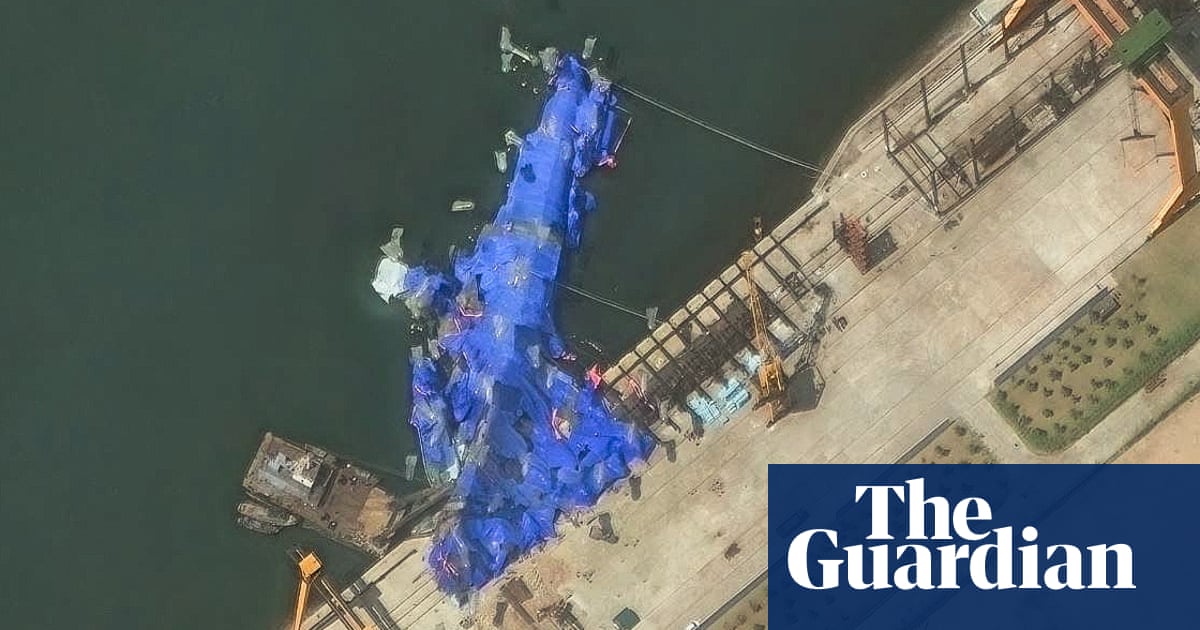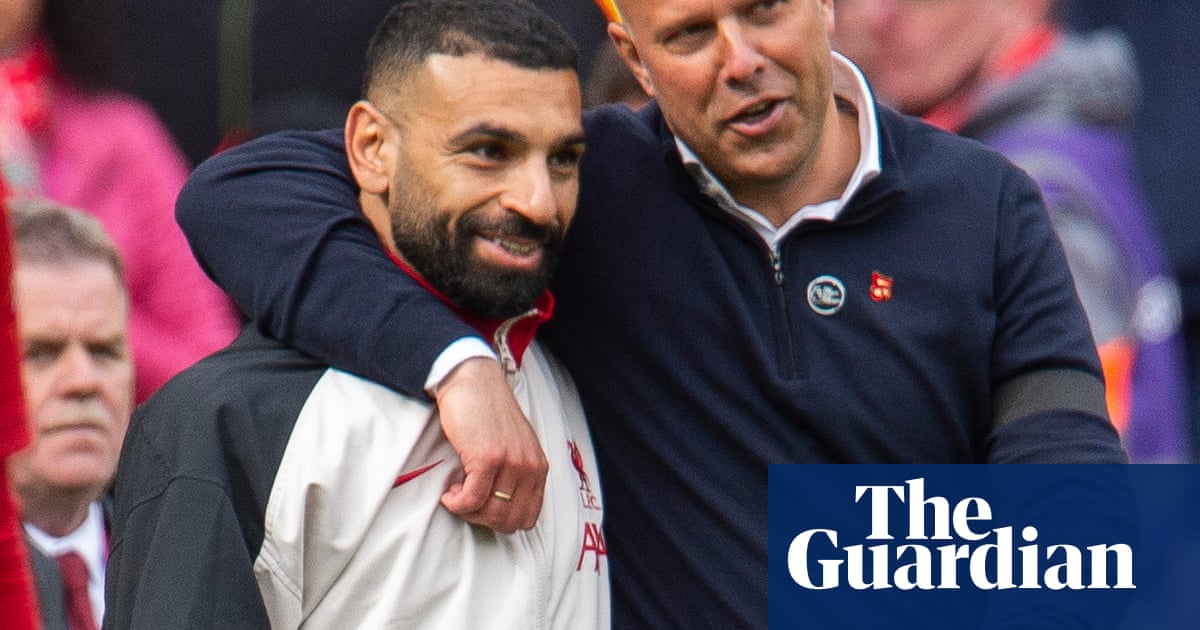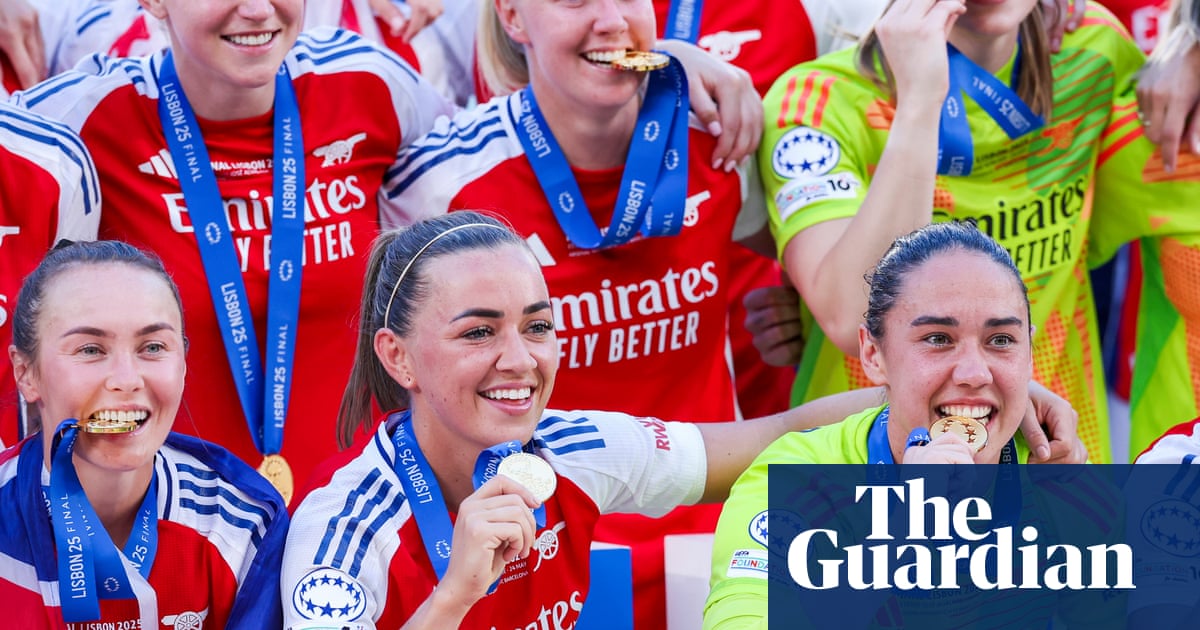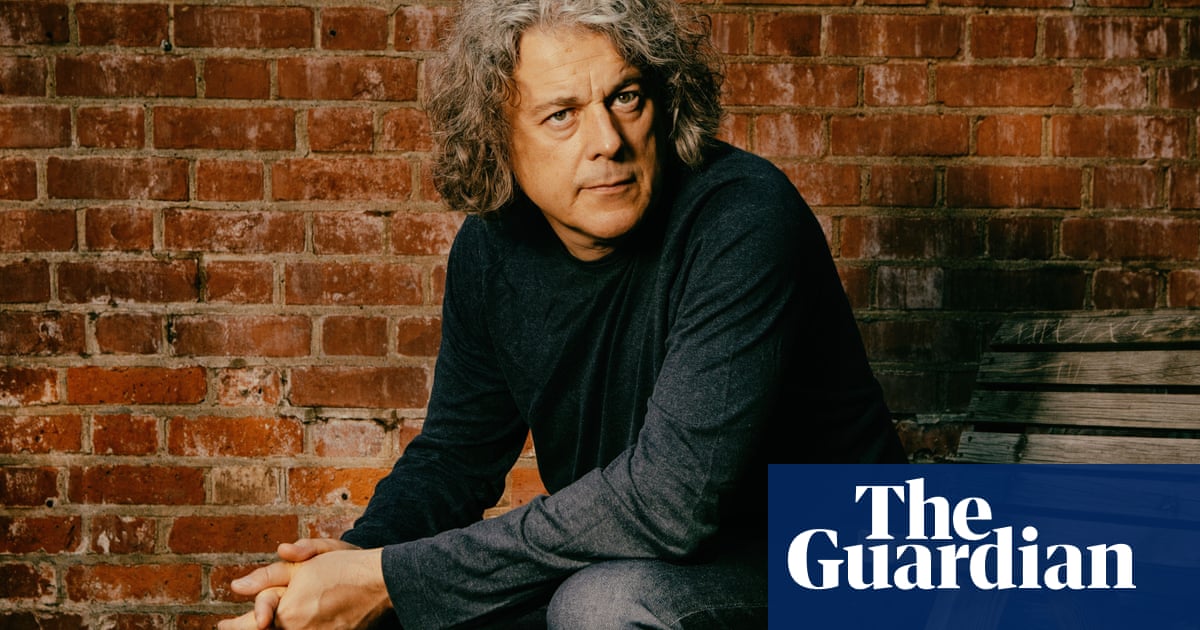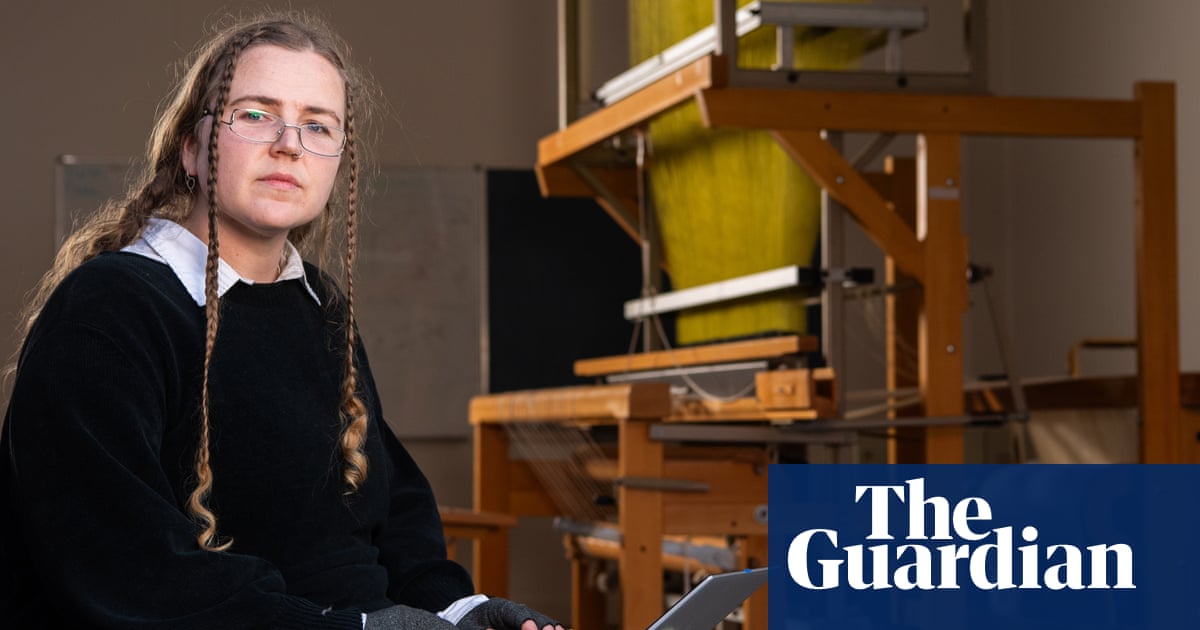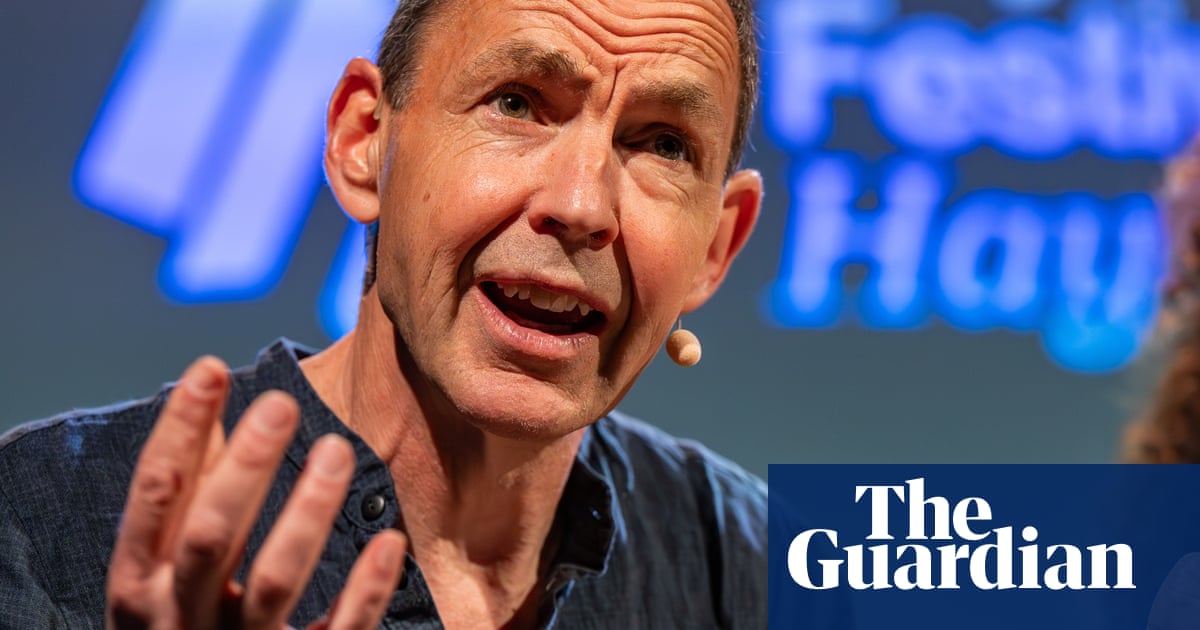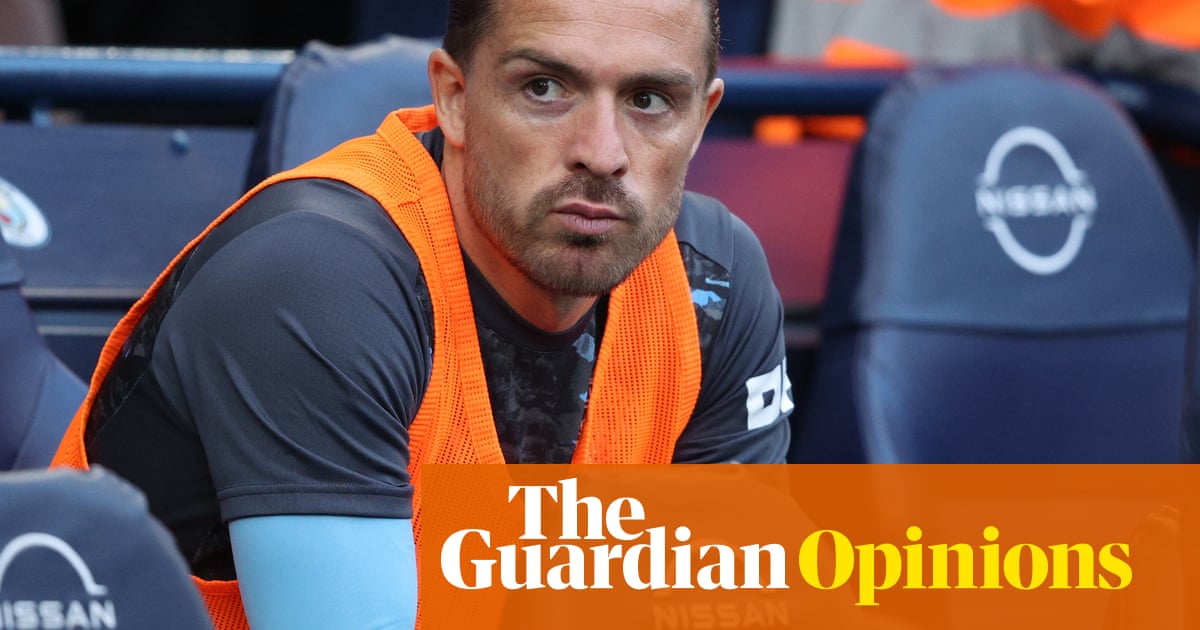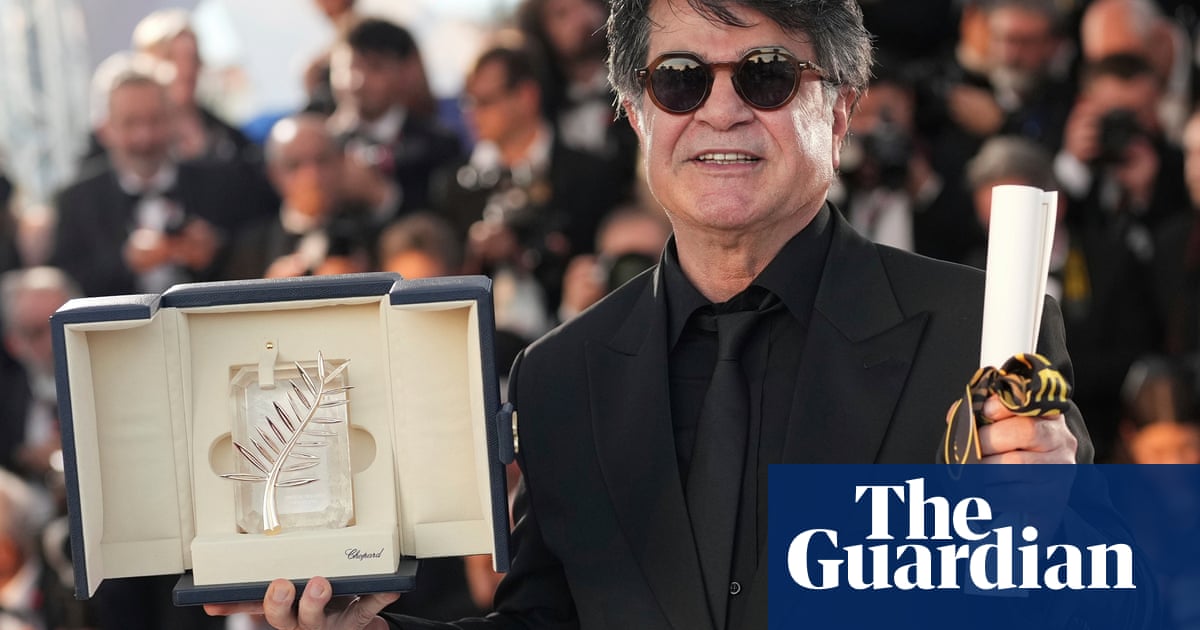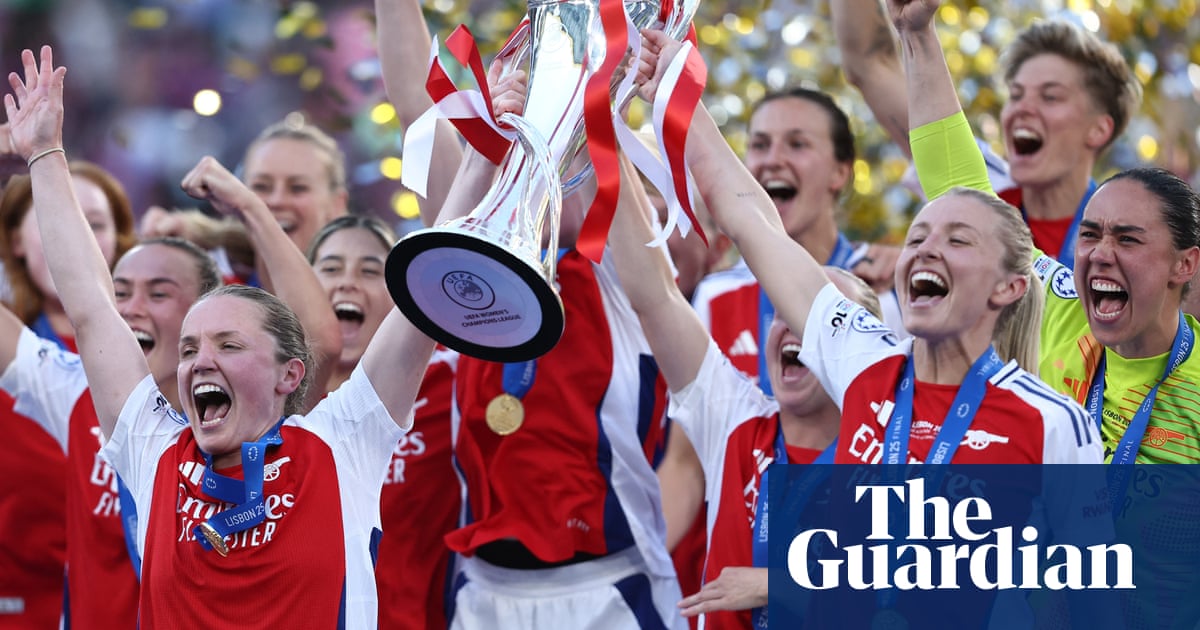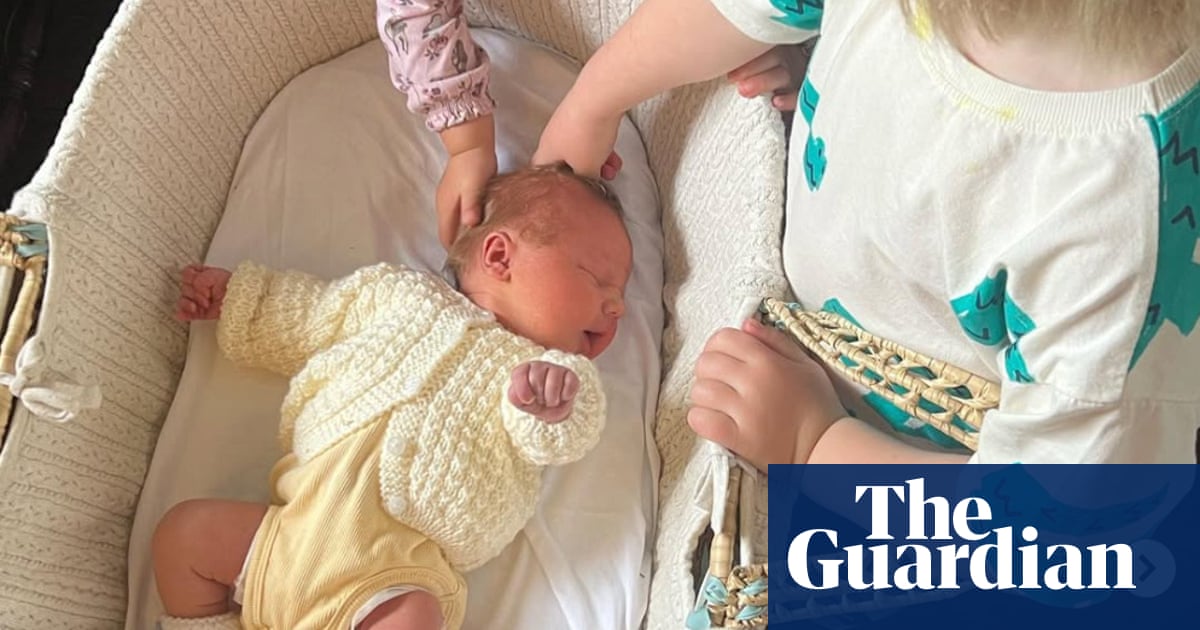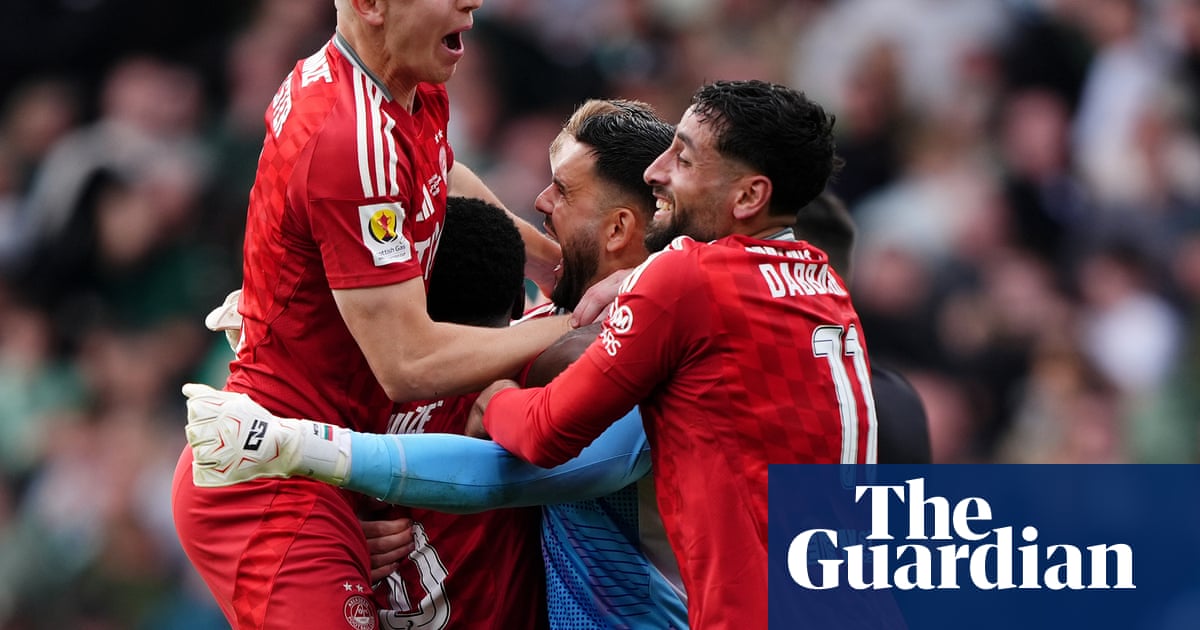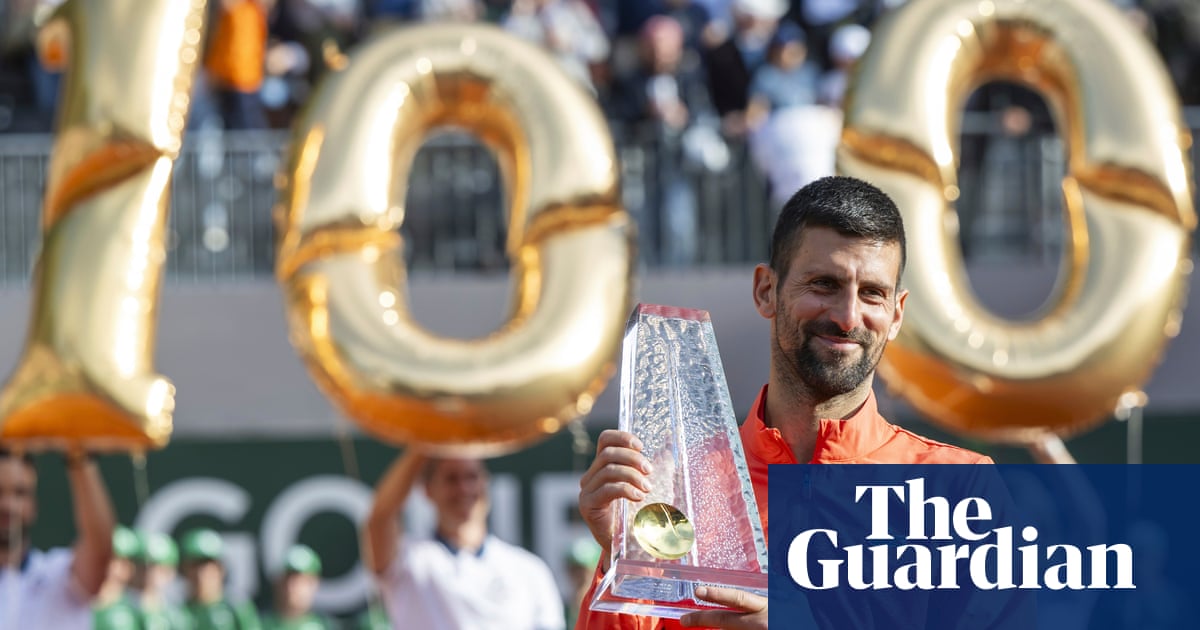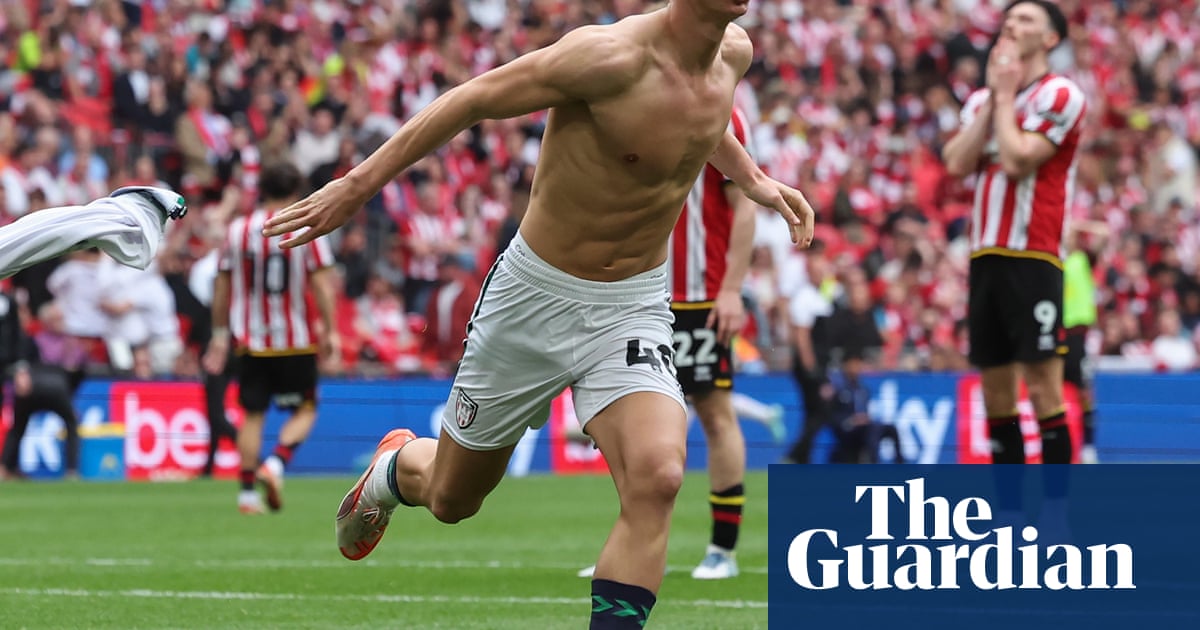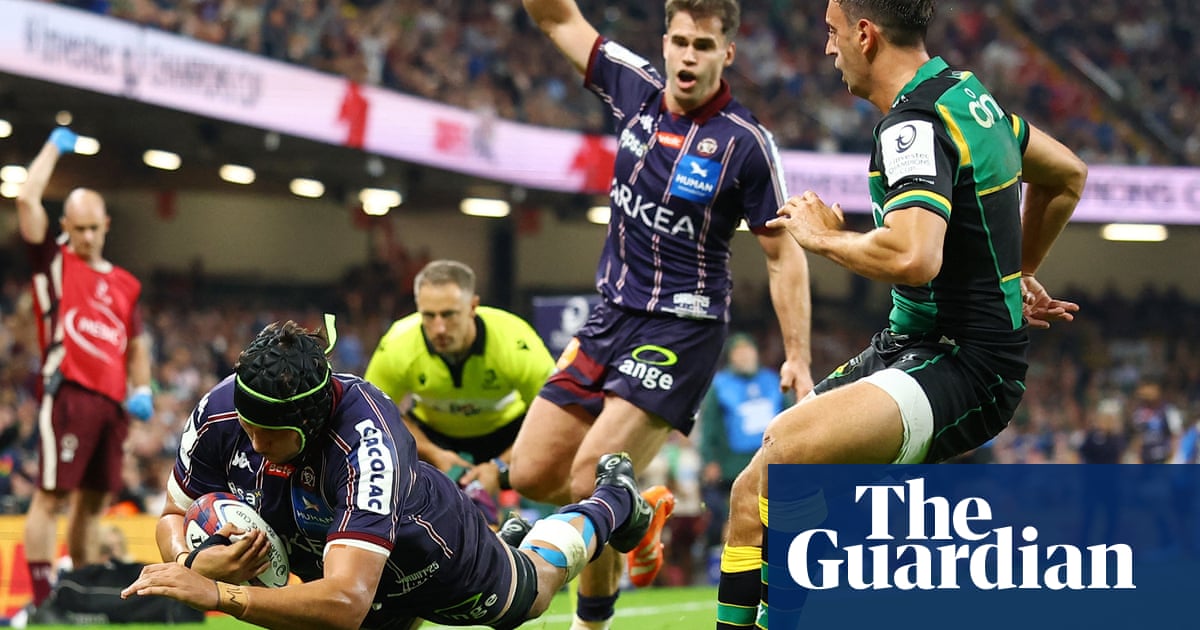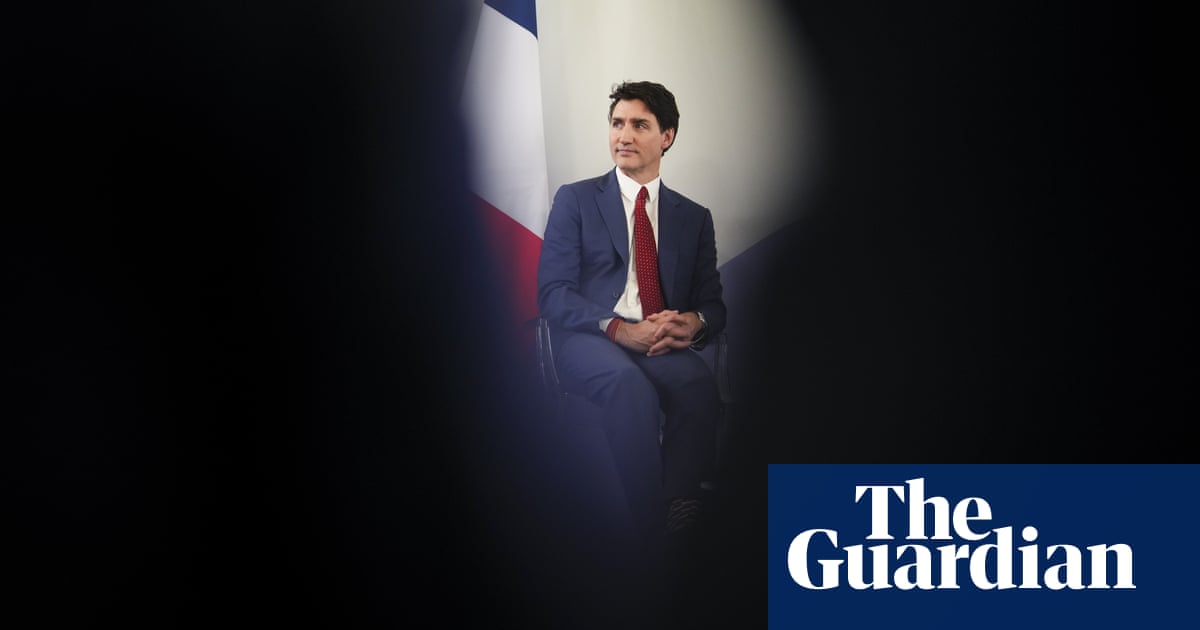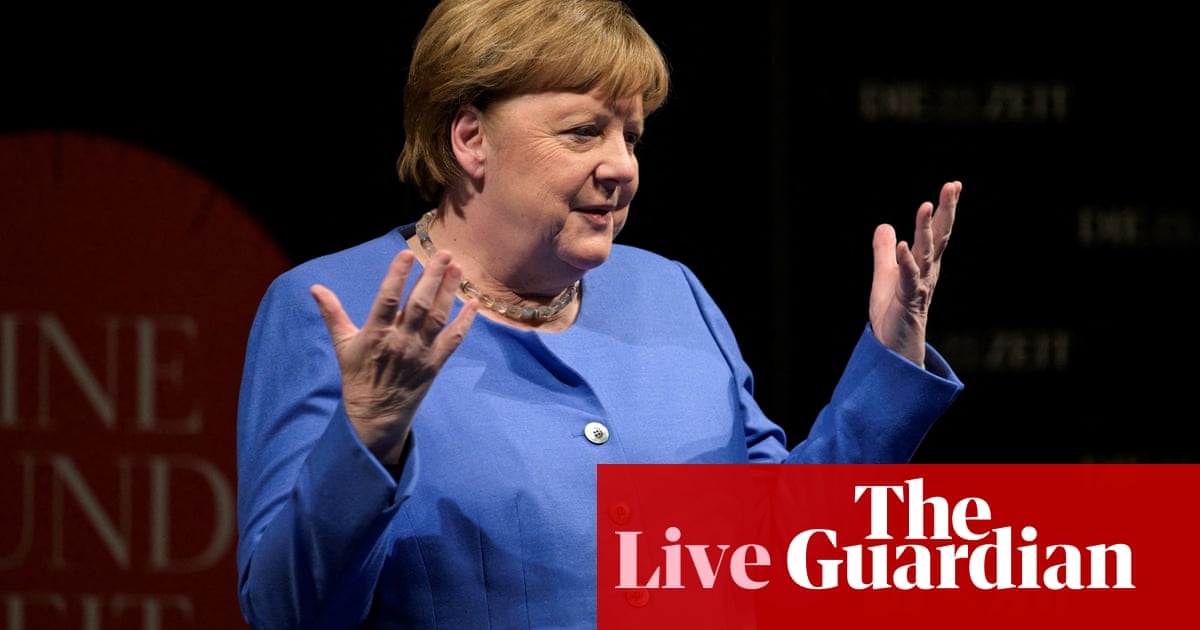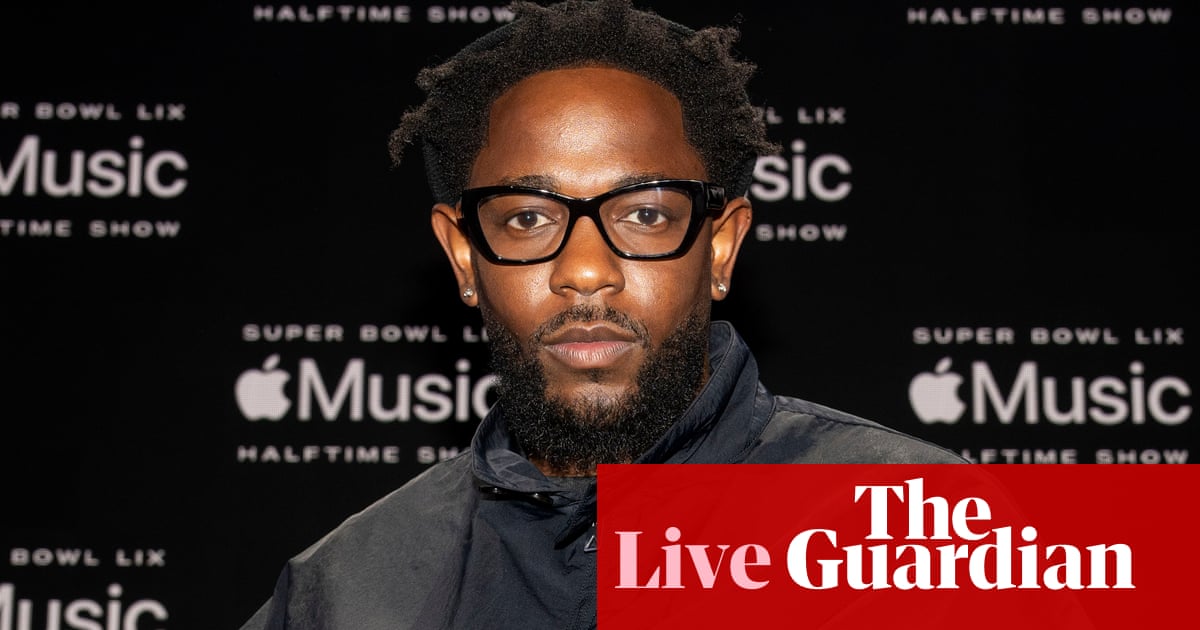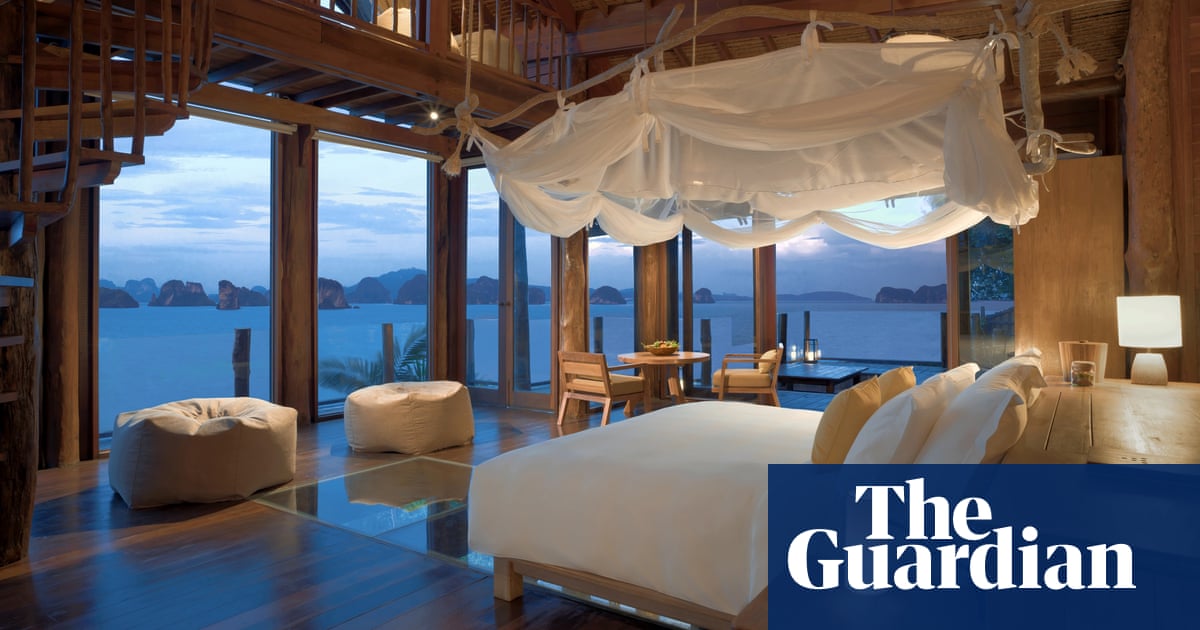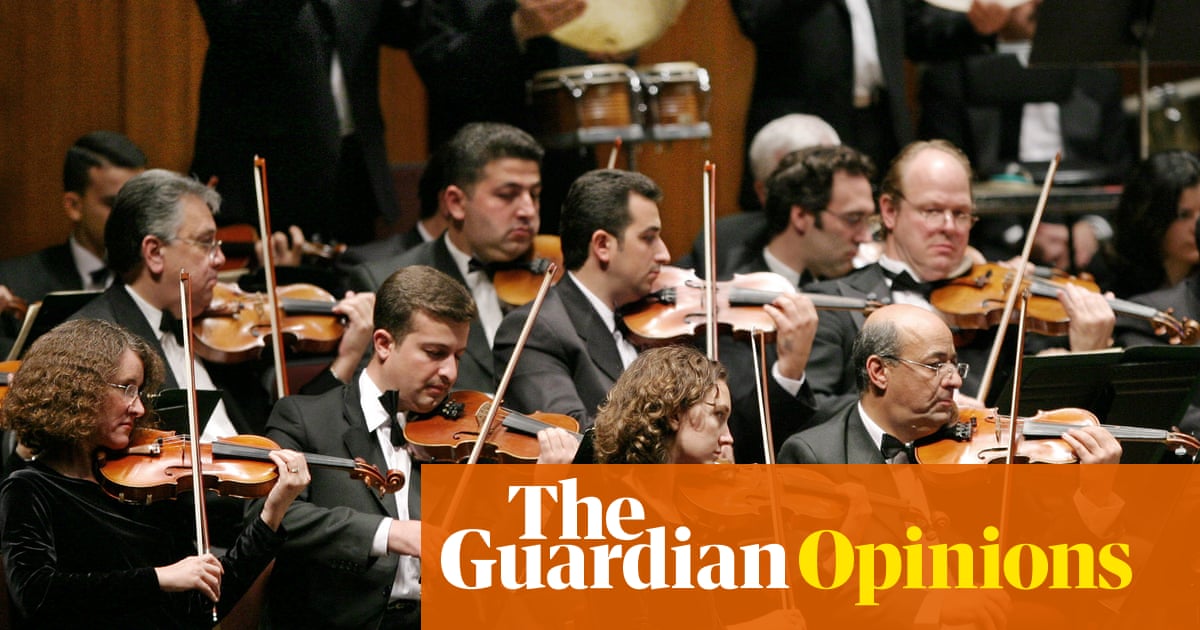It was Darren McMullen’s obsession with padel that led him to missing an audition and changing the course of his life. Known for his role as Alex Larden on House Husbands and for presenting shows such as The Voice Australia, he had increasingly been sucked into padel tournaments.
“My agent went crazy: ‘What were you thinking? What’s your bread and butter?’,” McMullen says. “I was like, ‘God, you’re right. I should open a padel centre.’”
That was 2023; now he has three sites in Sydney and Canberra, including one in Moore Park with a sauna, ice baths and DJ decks. While Racquet Club does have pickleball courts as well, McMullen is firmly a padel man. “I think it’s the best game ever invented,” he says.
Pickleball may be one of the fastest growing sports in Australia, not least because courts are popping up in breweries. But padel is snapping at its heels. Australia is relatively late to the party, but there are now 14 padel clubs around the country, and the delirium that the sport attracts overseas, in Europe and South America in particular, is feeding the buzz over here. (Incidentally, McMullen advises you don’t poshly pronounce “padel” as “padelle”, since to do so would mark you out as a who “goes to Barcelona once and refuses to say the name without a lisp”.)
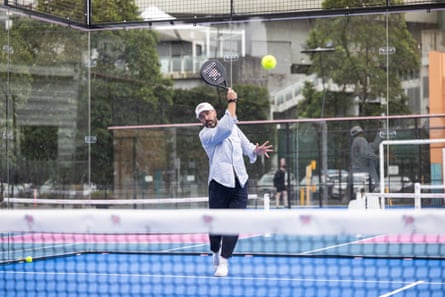
Both padel and pickleball appeal to wannabe or retiring tennis players, since they’re less hard on the body (particularly thanks to the underarm serve) and can be played with a lower skill level, but they also attract a broader demographic because of the sociability of being doubles sports. Pickleball, originally invented as a family game, is played on an open 13.41 x 6.1m court with a plastic ball, while padel is played on a 20m x 10m glass-walled court (for squash-like returns), using a ball that’s more like a tennis ball.
The upstart sports have attracted the attention of celebrity fans, too. Team Padel includes tennis pros from Rafael Nadal to Pat Rafter, who is Padel Australia’s founding ambassador, while Lionel Messi co-owns a padel team and Cristiano Ronaldo owns clubs. Team Pickleball counts Andre Agassi and Steffi Graf (who both have signature pickleball paddles), and Billie Eilish and Coldplay have stopped by Racquet Club for a pickleball playoff.
There’s a sense of tribalism that arises from loyalty to one sport or the other. The Telegraph UK called this jousting “the battle for the new middle class favourite sport”.
“Pickleball’s a fantastic game,” McMullen says generously, “but it’s a game, not a sport.”
So which should we emotionally invest in – is this rivalry just VHS v Beta all over again, with one bound for extinction? The Guardian asked three players with skin in the game.
Which requires more skill?
Rosa Morris is a former tennis player who gave up when a shoulder injury got in the way of her overarm serve. She and a friend were trying to find unusual things to do, which led them to dragon boat racing, axe throwing and then pickleball. She now competes internationally and reached No 1 in Australia for masters. Yes, pickleball can be fun, but as Morris says “I never do anything for fun”.
“The speed of pickleball is incredible,” she says. “The ball comes rocketing at you and you’ve got to change direction very quickly. The rallies you have at the net are called fireflies or hand battles. It’s like ping-pong on steroids.”
Morris isn’t sure about padel. “I’ve watched a bit of it,” she says. “It’s crazy. They can go out of the door and play the ball and it looks like no one can ever win a point; it goes on and on.”
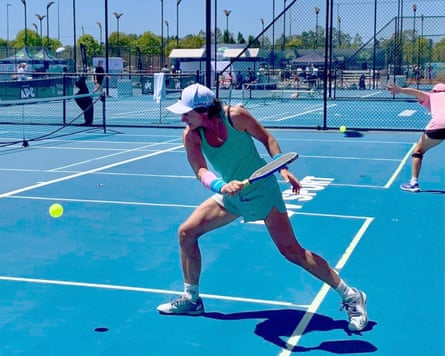
To this attitude, McMullen replies, “I could give my mum, who’s never played a racket sport, a pickleball paddle and she’d be able to have a back and forth.”
No matter how skilled a player is, there’s always an opportunity for injury. Rob Daley is chief operating officer of Game4Padel in Australia, which has clubs expanding across Victoria and an ambassador in Andy Murray. He also plays on the national senior men’s padel team and half-jokes that padel could become our new most dangerous sport in the same way that squash was in the 80s, when middle-aged executives suddenly started exerting themselves.
Morris admits to having “done two hammies” from the fast pivoting that pickleball requires. Geelong-based GP (and occasional pickleball player) Adrian Jury told the Guardian that he had heard radiologists were seeing an epidemic of Achilles ruptures in older players who’d had a few drinks before hitting the court.
Which is more affordable?
Depending on the site and time, Game4Padel charges $50-$80 for an hour of padel and $20 for pickleball, while Racquet Club charges $60-$100 for a hour of padel compared with $30-$50 for pickleball. “When you take into consideration that each padel court costs $100,000, we spend close to $2m fitting out a warehouse, and our rent is close to a million dollars a year, I would say it’s quite reasonable,” McMullen says.
By contrast, Pickleball courts often get marked out on existing volleyball, badminton and indoor soccer courts, making them much cheaper. “The lines get freaking confusing,” says Morris, who prefers to travel 90 minutes to use a $50-an-hour purpose-built court.
Which is likely to make it to the Olympics first?
Game4Padel plans to develop junior programs and high performance programs, to develop the sport’s growth and get a young generation Olympic-ready.
“There’s an arms race to try and get a spot in the 2032 Brisbane Olympics,” Daley says. “Padel’s a fair way in front, but there’s a pretty big checklist to tick off and probably a few things that the governing body is still a bit short on. With pickleball, there’s no single international governing body … and if you haven’t got that, the reality is you’ve got no chance.”
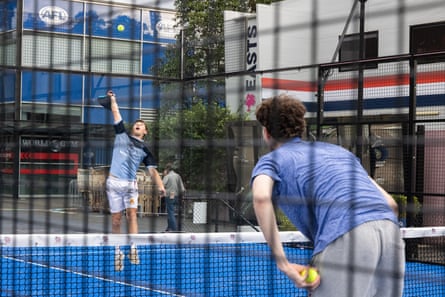
McMullen is frustrated by all the red tape. In part, it’s a lack of enthusiasm from local councils and constituencies – “It’s like we’re asking to put in a fucking nightclub” – but he also cites the ambivalent approach of Tennis Australia, who promote padel, but who also recommend that the integration “not come at the expense of well-utilised tennis facilities or tennis programming”. In other words, tennis clubs aren’t encouraged to surrender a court to accommodate padel.
Rivalry aside, in the end all three players think that interest in one sport will naturally boost interest in the other. And tennis will come around. Eventually.

 6 hours ago
3
6 hours ago
3



